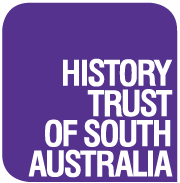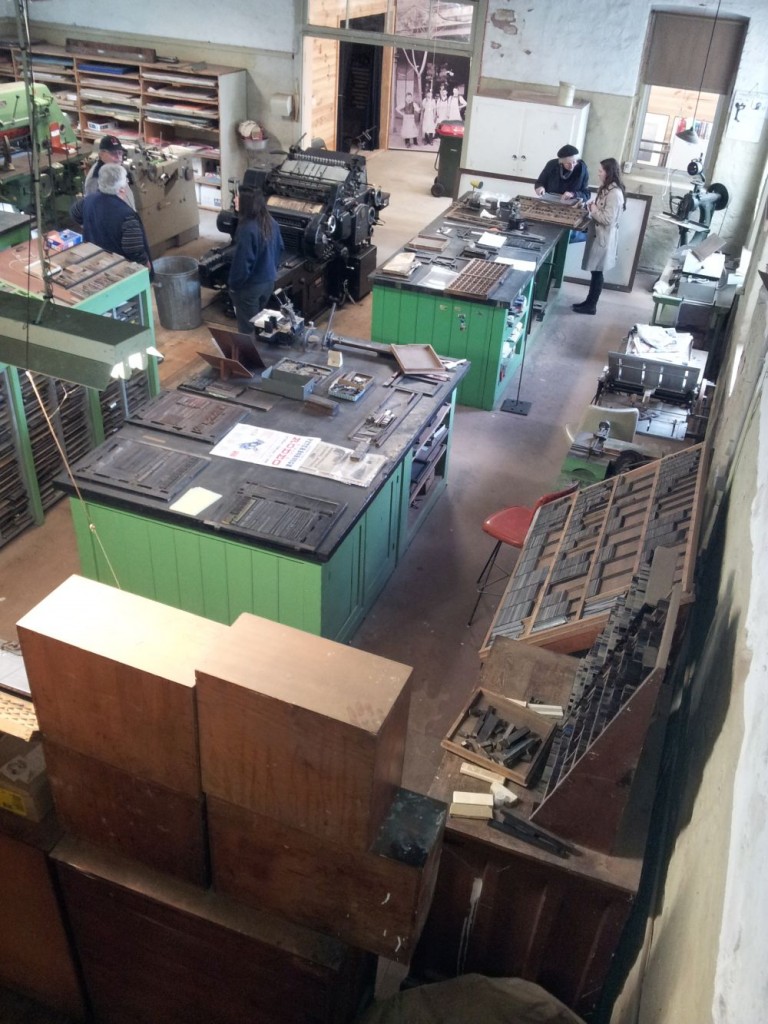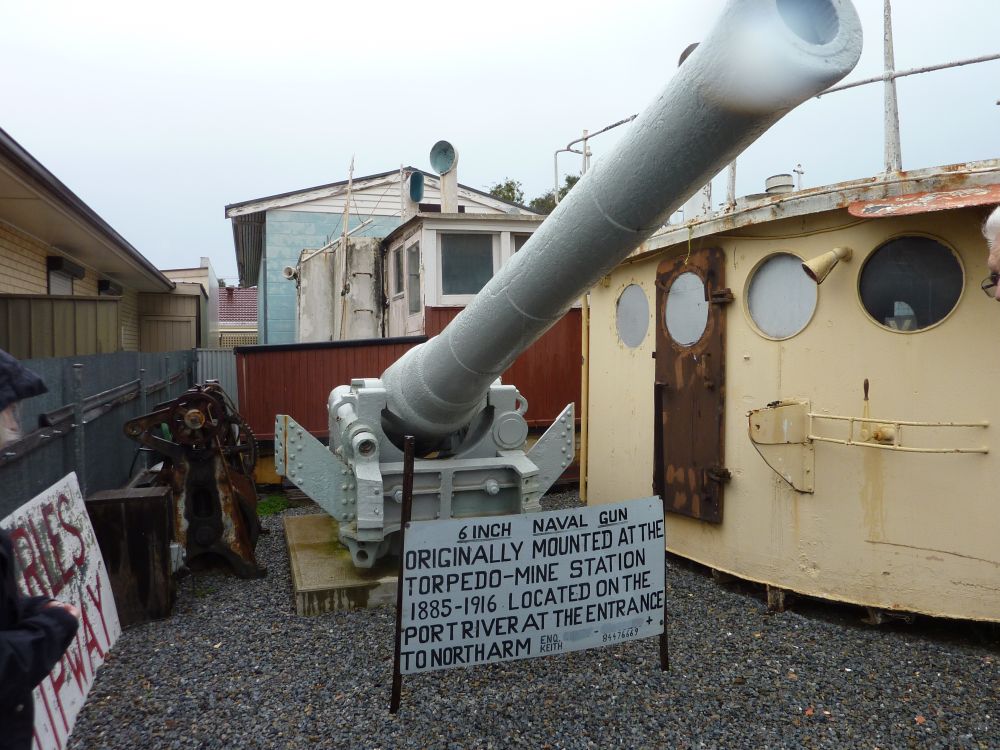On a sunny spring Saturday morning in early September, History SA’s Online Programs curator, Catherine and I attended the launch of a new interpretive sign on the Old Norton Summit Road alongside Third Creek Reserve.
It seemed an odd place to be standing sharing a delicious afternoon tea on a turn around, with the intermittent sound of cars and motorbikes racing past on the twisting road up to the Adelaide Hills. However, this was an important spot in the history of one of our favourite subjects – violets. Or to be more precise Violet Day, that debatable uniquely South Australian commemorative fundraising event, a day of remembrance originally started to honour those who had been killed at Gallipoli in 1915 which continued to be observed in South Australia until 1970.
This year sees the 100th anniversary of the first Violet Day on 2 July 1915. Several events have taken place already around Adelaide but this was one that recognised the history of the violet farms in the Adelaide foothills that played an important part in not only Violet Day but also South Australia’s commercial flower industry and contribution to local tourism.
Violet Farms were very popular in the period 1910 to 1940. William Walker pioneered violet growing at Magill and Third Creek in the 1890s. He planted his initial violet farm on Third Creek Road (now known as Old Norton Summit Road) at his property Rockdale, the former Gepp’s Rock Tavern. Violet growing was continued by his sons Alf and Fred Walker. Alf Walker established his King Violet Farm near Magill on Third Creek in about 1919. He and his wife Gladys grew violets commercially until about 1958. There was also the Flavel’s Violet Farm at Morialta and the Violet Farm on Third Creek owned by William and Margaretta Jones.
So we gathered around the new interpretive sign on the banks of Third Creek to witness its unveiling by Dr Geoff Bishop of the East Torrens Historical Society and Adelaide Hills’ Deputy Mayor Jan Loveday who both gave fascinating talks about the history of violet farms and the project itself.
The Mayor of Adelaide Hills Council, members of the Burnside Historical Society, and Walker and Jones’ family descendants were also present as well as local residents who had played a part in clearing and replanting the area as well as keeping a look out for unwanted visitors.
This is an example of a lovely collaborative community project between the Old Norton Summit Community Group, the Historical Society of SA, East Torrens Historical Society and the Adelaide Hills Council. We hope the homemade scones and jam offered to past tourists who arrived by charabanc or the Magill tram, were every bit as lovely as those provided at the launch.
More photos of the launch here
More information on the history of Violet Day in South Australia here





Recent Comments